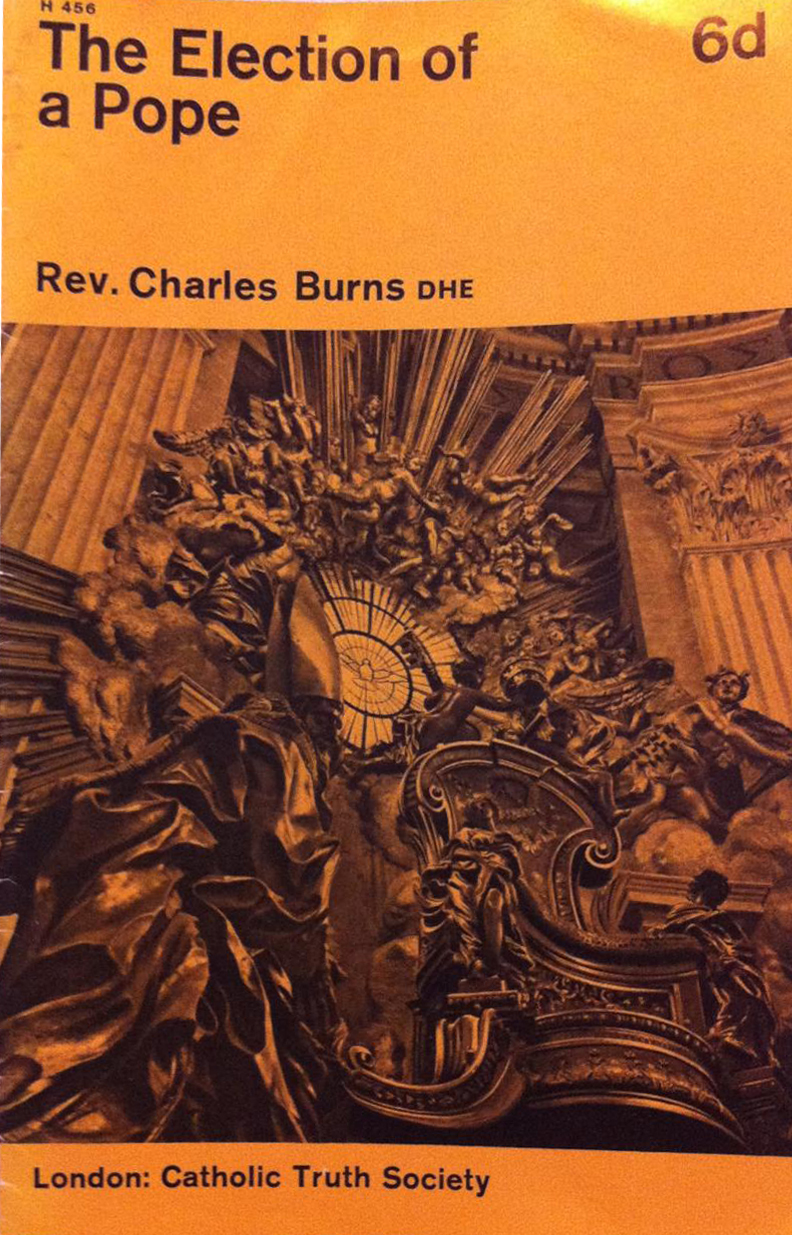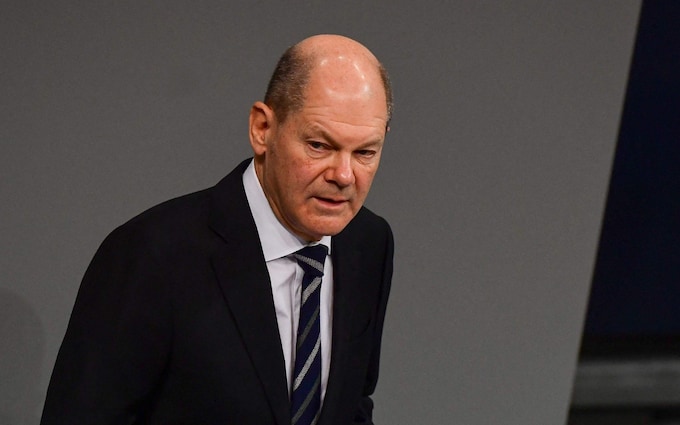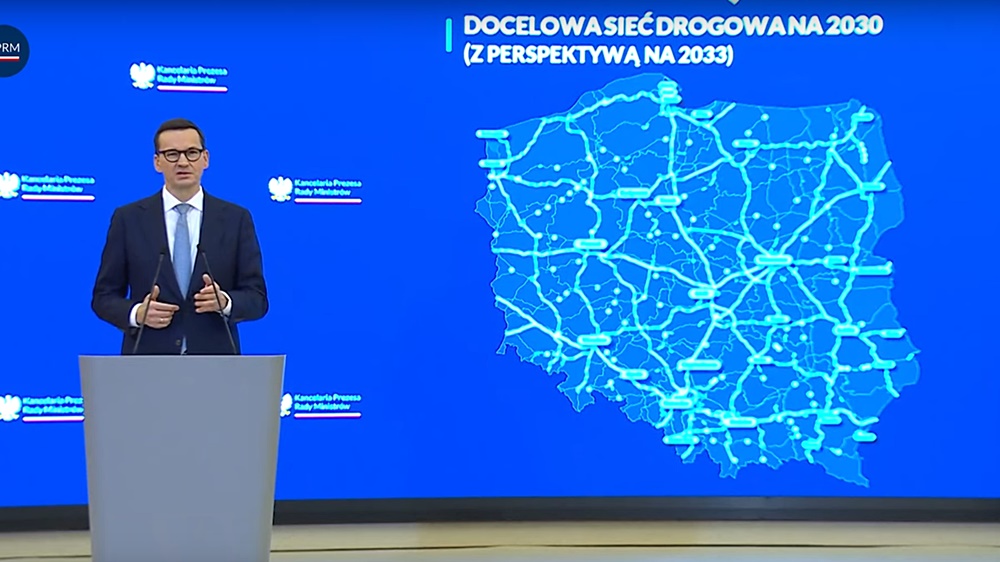The Conclave: A Step-by-Step Guide To Papal Election

Table of Contents
The Period Before the Conclave
The Sede Vacante
The period between a Pope's death or resignation and the beginning of the Conclave is known as the sede vacante (vacant see). This interim period is far from inactive. The College of Cardinals, the body responsible for electing the new Pope, assumes significant responsibilities during this time.
- Administration of the Church: The College ensures the smooth operation of the Vatican and the Catholic Church worldwide. Daily administrative tasks continue, and crucial decisions are made to maintain the continuity of Church governance. This includes managing the Vatican's vast financial operations and overseeing its diplomatic relations.
- Preparations for the Conclave: The cardinals, along with Vatican officials, begin the logistical preparations for the upcoming Conclave. This involves securing the venue (typically the Sistine Chapel), arranging accommodations for the cardinals, and implementing robust security measures. Details regarding the voting process and rules are also finalized.
- The Announcement of the Pope's Death/Resignation: The official announcement of the Pope's death or resignation is a solemn occasion, usually made public from the balcony of St. Peter's Basilica. This marks the formal commencement of the sede vacante and the beginning of the countdown to the Conclave.
Gathering of the Cardinals
Cardinals from around the world converge on Rome for the Conclave. Their arrival is a significant event in itself, underscoring the global reach and importance of the Papal Election.
- Travel Arrangements: The Vatican organizes travel arrangements for the cardinals, ensuring their safe and timely arrival in Rome. This logistical feat involves coordinating flights, accommodation, and security for a large number of high-profile individuals.
- Security Protocols: Extensive security measures are put in place to protect the cardinals during their stay in Rome. This includes heightened security at their lodgings, meticulous screening processes, and constant vigilance to maintain order and prevent any disruptions to the Conclave proceedings.
- The Significance of the Cardinals' Presence: The gathering of the cardinals in Rome signifies the commencement of a crucial process within the Catholic Church. Their collective presence embodies the weight and significance of the impending Papal Election.
The Conclave Itself
The Seclusion
The Conclave itself is a period of intense seclusion. The cardinals are confined to a designated location, typically the Sistine Chapel, with limited contact with the outside world.
- The Sistine Chapel: The Sistine Chapel, renowned for its breathtaking artwork, serves as the traditional venue for the Conclave. Its historical significance and inherent solemnity add to the gravity of the occasion.
- Communication Restrictions: To ensure impartiality and prevent undue influence, strict communication restrictions are imposed on the cardinals. External contact is severely limited, and electronic devices are usually prohibited. This enforced isolation is intended to encourage focused deliberation and free voting.
- The Role of the Master of Ceremonies: The Master of Ceremonies plays a crucial role in overseeing the logistical and ceremonial aspects of the Conclave. They ensure that the proceedings are conducted according to established protocols and traditions.
The Voting Process
The voting process is meticulously designed to maintain secrecy and fairness. Each cardinal casts a secret ballot, ensuring their choice remains confidential.
- Secret Ballot: The use of a secret ballot prevents any coercion or external pressure on the cardinals. This ensures that the election is truly reflective of their individual choices and convictions.
- The Process of Verification: The ballots are meticulously scrutinized to ensure the validity of each vote. This rigorous verification process ensures the integrity and transparency of the Papal Election.
- The Two-thirds Majority Requirement: A two-thirds majority of the votes cast is required to elect a new Pope. This high threshold aims to ensure a strong consensus amongst the cardinals.
Dealing with Deadlocks
If no candidate receives the required two-thirds majority after several ballots, the Conclave enters a period of prolonged deliberation. Specific procedures are in place to manage these situations.
- Multiple Rounds of Voting: The cardinals continue voting in multiple rounds until a candidate secures the necessary majority. These additional rounds allow for further discussion and consideration of different candidates.
- Strategies Employed by Cardinals: During these periods, cardinals may engage in informal discussions and attempts to reach a consensus. This involves persuasive strategies, compromises, and the careful weighing of various candidates’ strengths and weaknesses.
- The Impact of Prolonged Deliberation: Prolonged deliberation can indicate a lack of clear consensus among the cardinals and highlights the complexity of selecting a leader for such a vast and influential institution.
The Announcement and After
The White Smoke
The emergence of white smoke from the Sistine Chapel chimney is a globally anticipated signal, indicating that a new Pope has been elected.
- The Announcement: The announcement of the new Pope’s name is made from the central balcony of St. Peter's Basilica. This moment is often filled with immense anticipation and joy for Catholics worldwide.
- The Papal Balcony Appearance: The newly elected Pope appears on the balcony to deliver his first blessing Urbi et Orbi (to the city and to the world), marking the official start of his papacy.
- The First Blessing Urbi et Orbi: This blessing, delivered to the assembled crowds in St. Peter's Square and broadcast globally, symbolizes the new Pope's acceptance of his role and his commitment to serving the Catholic Church.
The New Pope's Inauguration
The enthronement of the new Pope is a significant event, marking the formal beginning of his papacy.
- Official Coronation Ceremonies (if any): While the elaborate coronation ceremonies have been simplified in recent years, there are still formal processes signifying the transition of power.
- The New Pope's First Pronouncements: The new Pope typically delivers his first pronouncements, outlining his vision for the Church and his priorities for his papacy.
- The Transition of Power: The transition of power from the sede vacante to the new Pope is a complex process involving the formal acceptance of the papacy and the commencement of his duties.
Conclusion
Understanding the intricacies of a Papal Election, or Conclave, provides valuable insight into the structure and traditions of the Catholic Church. This step-by-step guide has illuminated the stages, from the period of sede vacante to the momentous announcement of the new Pope. By learning about the Conclave, we gain a deeper appreciation for this significant event in the global Catholic community. To further deepen your understanding of the Papal Election process, explore additional resources on the Vatican's official website and other reputable sources dedicated to Catholic history and tradition. Learn more about the fascinating world of the Papal Election and the Conclave today!

Featured Posts
-
 Best Ps 5 Pro Enhanced Exclusives A Gamers Guide
May 07, 2025
Best Ps 5 Pro Enhanced Exclusives A Gamers Guide
May 07, 2025 -
 How Middle Management Contributes To A Thriving Company Culture And Employee Development
May 07, 2025
How Middle Management Contributes To A Thriving Company Culture And Employee Development
May 07, 2025 -
 Simone Biles Bahamas Trip Black Bikini Fun And Friends
May 07, 2025
Simone Biles Bahamas Trip Black Bikini Fun And Friends
May 07, 2025 -
 Can Germanys New Chancellor Revive European Leadership
May 07, 2025
Can Germanys New Chancellor Revive European Leadership
May 07, 2025 -
 Nawrocki Zrownowazony Rozwoj I Koniecznosc Budowy Drog S8 I S16
May 07, 2025
Nawrocki Zrownowazony Rozwoj I Koniecznosc Budowy Drog S8 I S16
May 07, 2025
